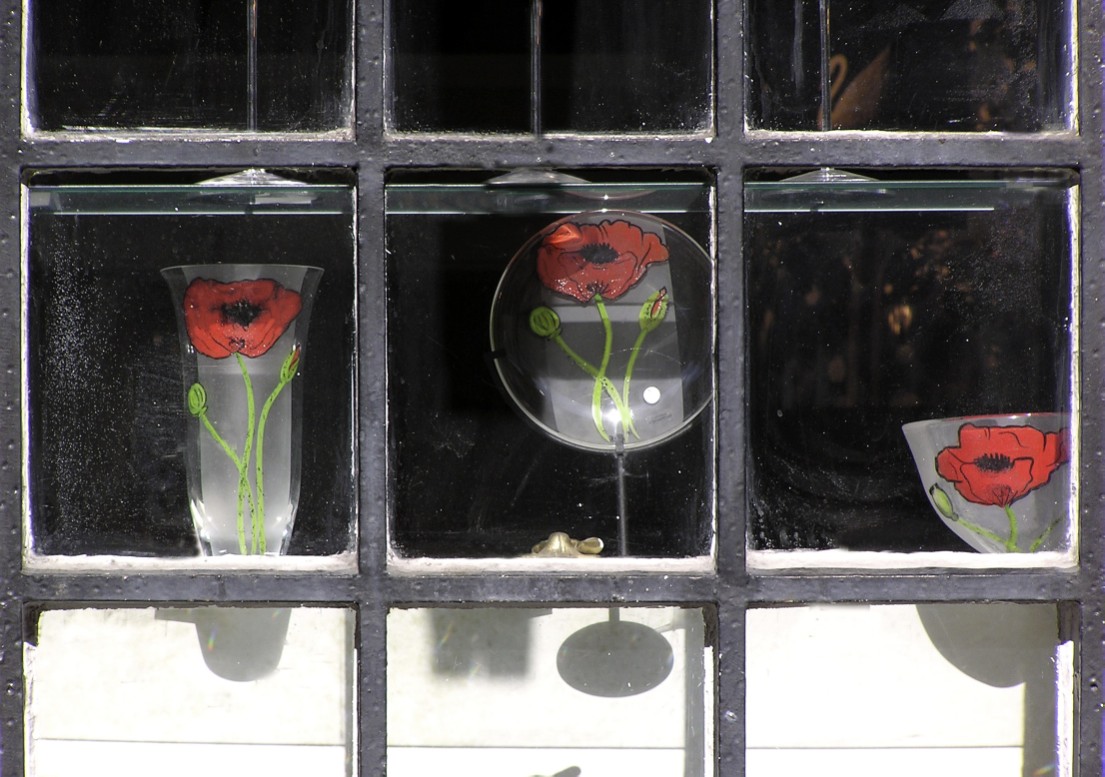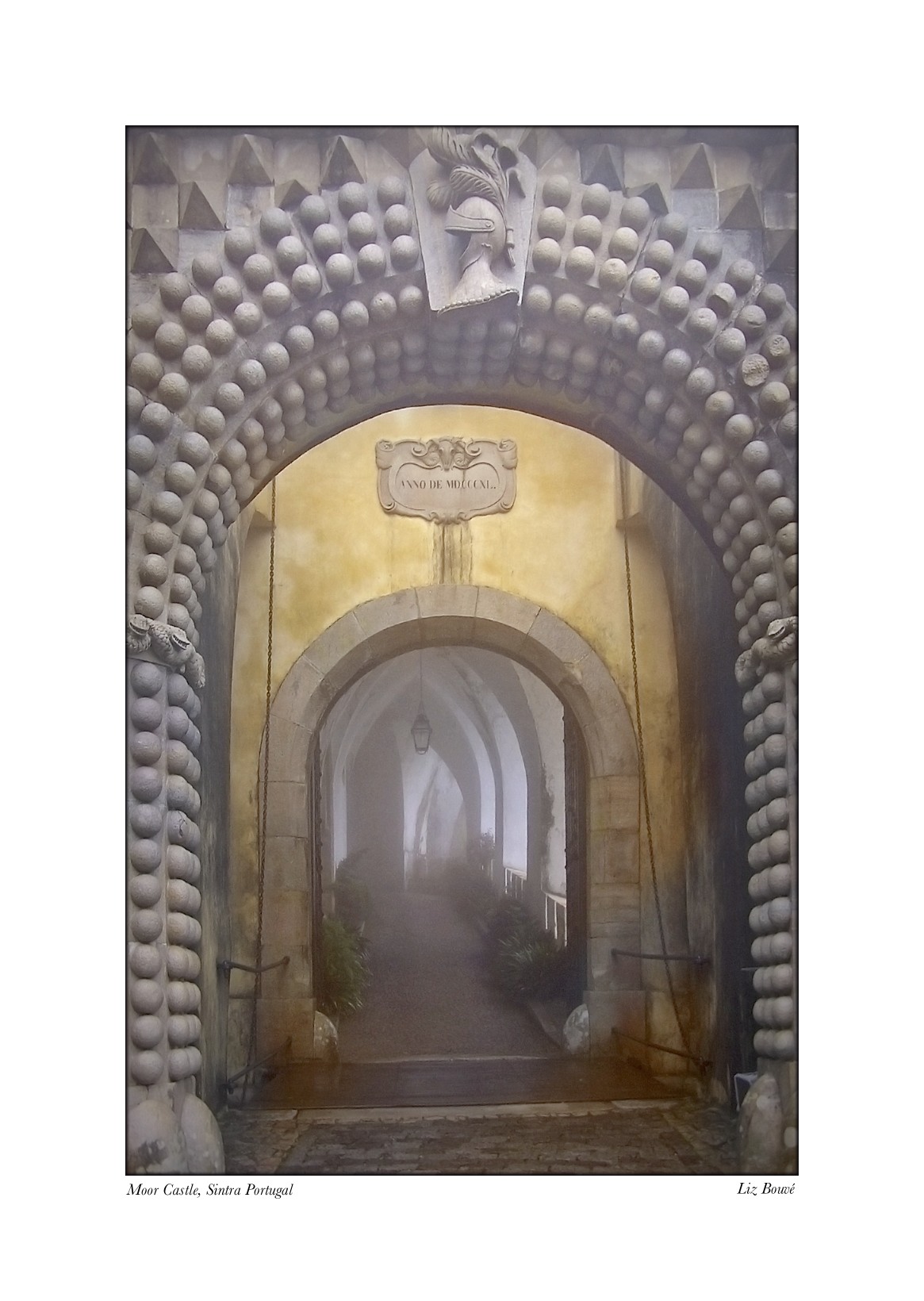
Misconceptions
Despite the popularity of the Johari Window, it is often dismissed by experts in interpersonal relationships, group dynamics and interpersonal communications. This dismissal is usually based on one of two misconceptions about the Johari Window. First, the Johari Window model is often considered out-of-date. After all, it was developed during the 1950s. Second (and even more often) the Johari Window is dismissed because it is too simple. I will briefly consider each of these misconceptions.
First, this model is not out of date. There are currently more than 2,000 Johari Window citations on the Internet—including the name of a rock group—so it is hard to conclude that this model is no longer in use or that the world of interpersonal relationships has somehow passed it by. There have been many new concepts and studies of interpersonal relationships that have been conducted since Joe Luft first formulated the Johari Window with Harrington Ingram; however, this doesn’t make the Window a relic. It seems that human interactions have not changed in any fundamental way over the past fifty years. To the extent that the Johari Window is “dated” because it does not incorporate more recent findings, then the present set of essays should help to fill the gap. I am bringing to the Johari Window several recent models of interpersonal relationships, as well as integrating some of the research about human interactions and several of the interesting variations that have been offered with regarding the Johari Window since Luft and Ingram presented their original formulation.
With regard to the second misconceptions, there is a deceptive simplicity in Joe Luft’s presentation of the Johari Window. It initially seems to be an over-simplified description of ways in which people chose to disclose themselves to other people and offer feedback to other people. Its seeming simplicity harkens back to a time when mature adults hoped for more trust and honesty in their relationships with other people through participating in sensitivity training programs and encounter groups. Yet, like any systemic model, the Johari Window becomes complex and subtle very fast as one begins to spin out many variations regarding ways in which two (or more) people can encounter one another.
Lest anyone still think that the Johari Window is too simple, the New Johari Window offers even more complexity than that offered originally by Luft and Ingram. The new window is “double pained” with eight rather than four panes interacting with one another. It is hard to discount the New Johari Window as “simplistic.” It is much more likely to be criticized as “too elaborate” or even “unnecessarily convoluted.” If these criticisms are valid, then they should be laid at my feet rather than at the feet of Joe Luft, who always was a genius at making an idea seem simple and readily accessible when, in fact, it was quite subtle and complex.
All of this is to say that the Johari Window is neither out-of-date nor simplistic. The New Johari Window is intended to assure that the original model (and hopefully the new model) receives a fair hearing as a multi-tiered, multi-dimensional representation of human interactions in the 21st Century. I hope that my colleague, friend and mentor, Joe Luft, would have liked what he reads here, for this set of essays is intended more than anything else to honor Joe Luft and his exceptional insights about the human condition.
Reference
Luft, Joseph. Of Human Interaction. Palo Alto, CA: Mayfield Publishing Co., 1969..








